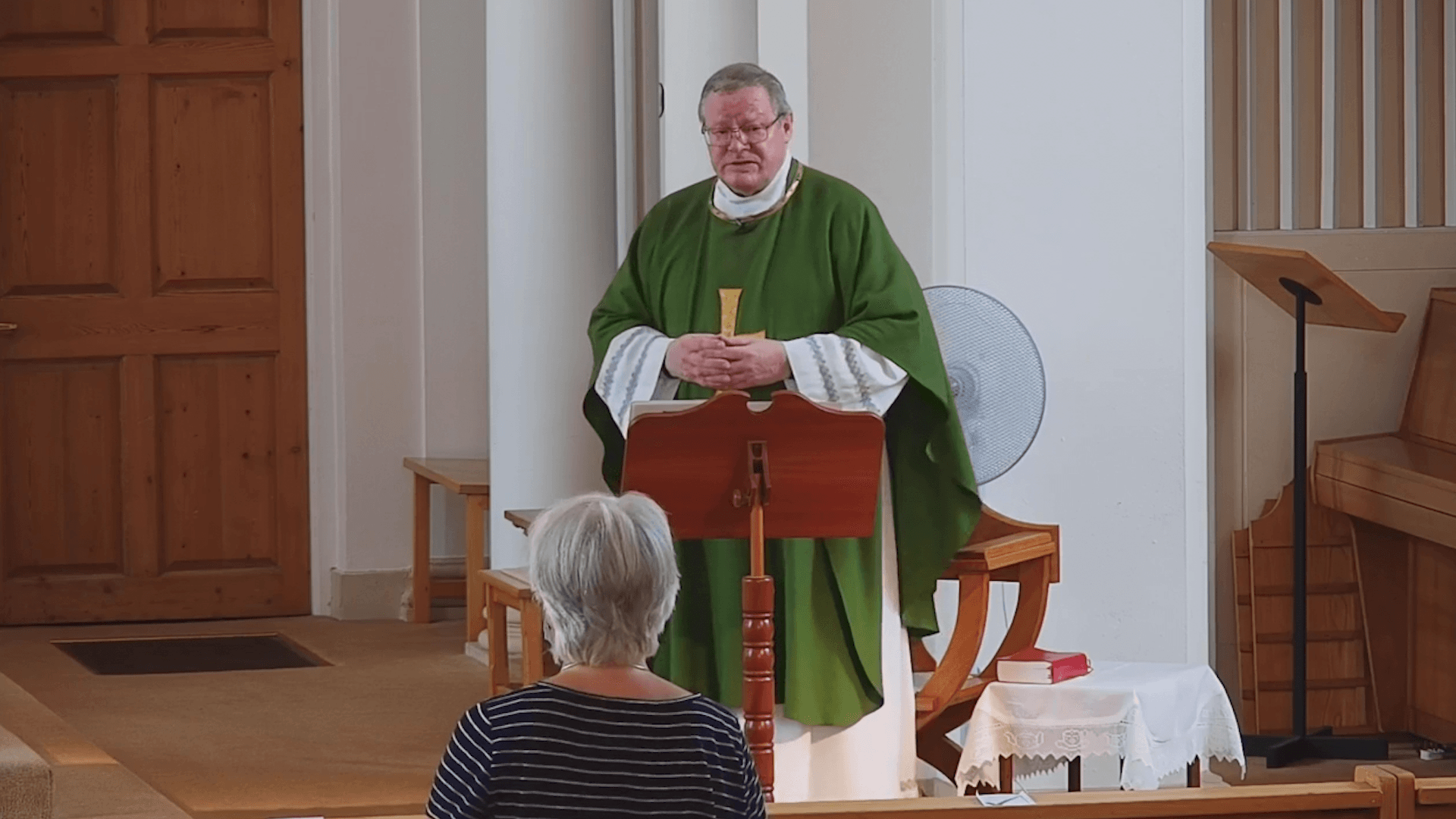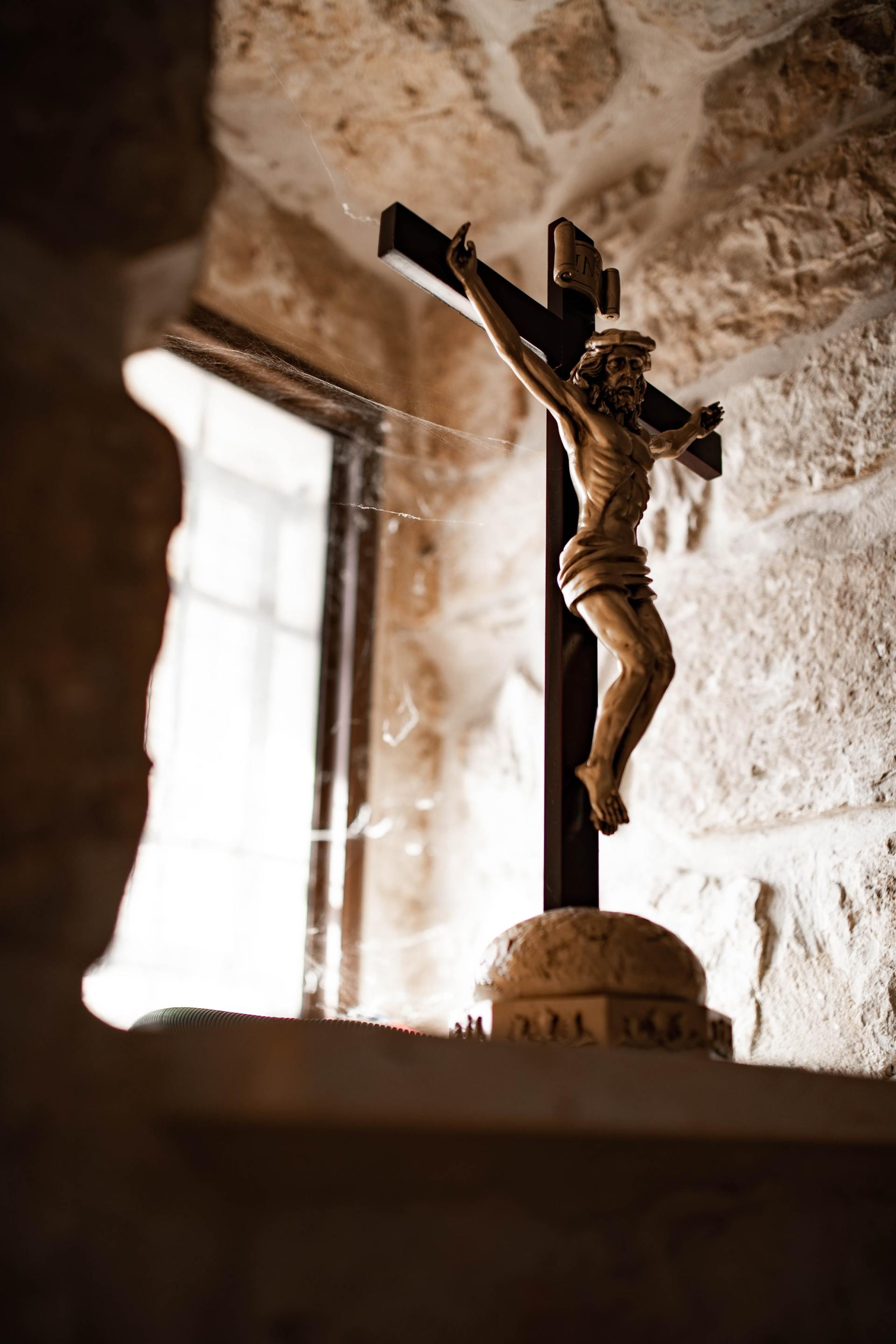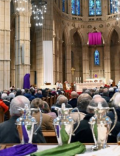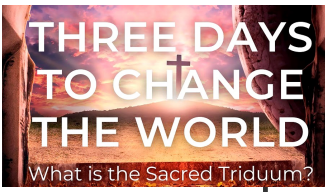Burning heart moments . . .(Third Sunday of Easter Year A)
The chosen readings continue to follow a pattern through this Easter season. The first reading is a speech given by Peter in the Acts of the Apostles soon after the Resurrection. He is speaking to a crowd of Jews, connecting the dots for them between King David and Jesus. He explains that David’s statement of faith - “you will not abandon my soul to the netherworld, nor will you suffer your holy one to see corruption” - was a prophecy of Jesus’ resurrection. The Gospel tells the story of another appearance of the risen Jesus to his friends.
Luke gives us a beautiful story of a common Christian shared experience: having Jesus present with us in a time sadness or distress but not recognizing him at the moment. We might wonder why “their eyes were kept from recognizing him.” We have probably also had experiences where Jesus’ presence was clear to us even if it wasn’t clear to others. For example, we might know someone whose spouse has died. In her grief she might feel entirely abandoned by God. From the outside, though, we can see how lovingly God is still caring for her. We can recognize how she is surrounded by the compassionate and kind acts of her friends and other family members. For some reason, she simply can’t experience that as God’s presence at the moment. Hopefully, with time, she will be able to look back on that “journey to Emmaus” and realize how Jesus was present with her.
The experience of not recognizing Jesus at the moment happens in good times too. Unfortunately, we don’t always associate our “burning heart moments” with Jesus. St. Ignatius taught that the more we can pay attention to the movements of our hearts, the more we can discern how God is present to us and what God is inviting us to in the moment. For example, when considering a job change, or deepening a relationship, or taking up some new endeavour, if we feel “our hearts burning within us” that is a sign of Jesus’ presence. Ignatius taught that, as in Luke’s story, it helps to share these burning heart moments with someone else rather than keep them to ourselves. Another person can strengthen and validate our experience, share in our joy, and accompany us on the road back toward the Resurrection, not away from it.
Questions of the Week
Share about a time when you realized Jesus’ presence with you after the fact, even though you didn’t “catch” it at the time.
When have you had a burning heart moment that clued you in to something important in your life?









